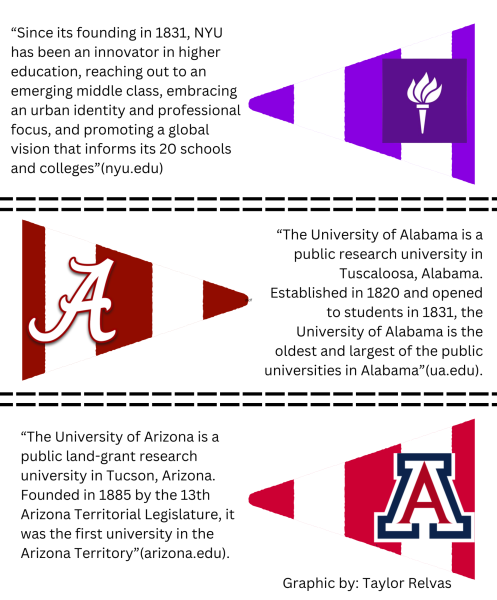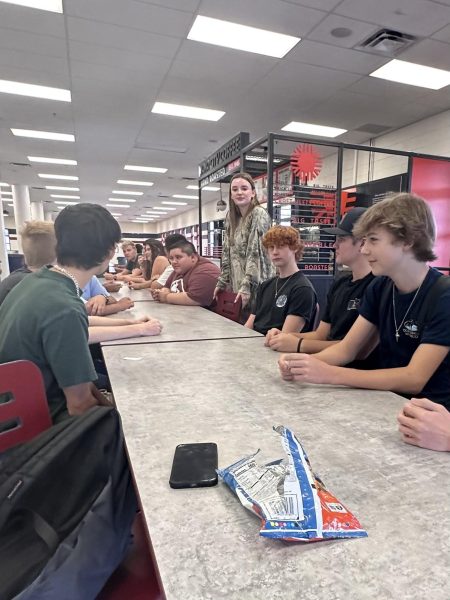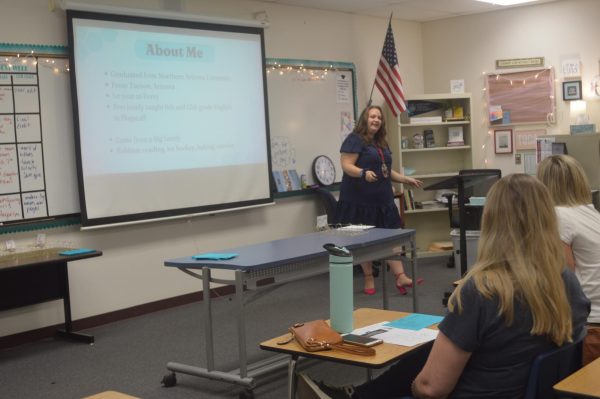Assigned reads dishearten students
Mug shot of staff reporter and Double Truck assistant editor Bree Wade.
January 20, 2016
The teacher tells you the book is a classic– a work of art, a literary masterpiece- as they hand out a homework packet with an amount of pages you do not care to count. An assigned read on a book you had once been interested in reading, you notice, but the packet on your desk drains your enthusiasm almost instantly.
To put it simply, school reads take the fun out of reading.
Students are given a book, paired with some sort of obscure, irrelevant assignment and told to “get it done.” When given during a break, the students have less time to read the book than they usually might, resulting in cramming, skimming, overlooking the meaning of the text, and finding themselves unable to relate to the context.
Students begin to worry excessively about the assignment rather than the books’ contents, making reading a “classic” counterproductive. More often than not, they are just reading the book in order to obtain answers they need to complete the packet, get the points in the gradebook, and move on. According to a poll held by the Precedent, 77 percent of voters found that assigned reads are not beneficial to high school students.
Because of this, the student is forced to experience the book in a limited view pertaining only to the assignment rather than being allowed to find a more personal message or purpose of the story. Whatever element makes the book a classic, or even mildly interesting, is ignored and lost completely for the sake of a few worksheets that will mostly likely never again be relevant to their high school career.






